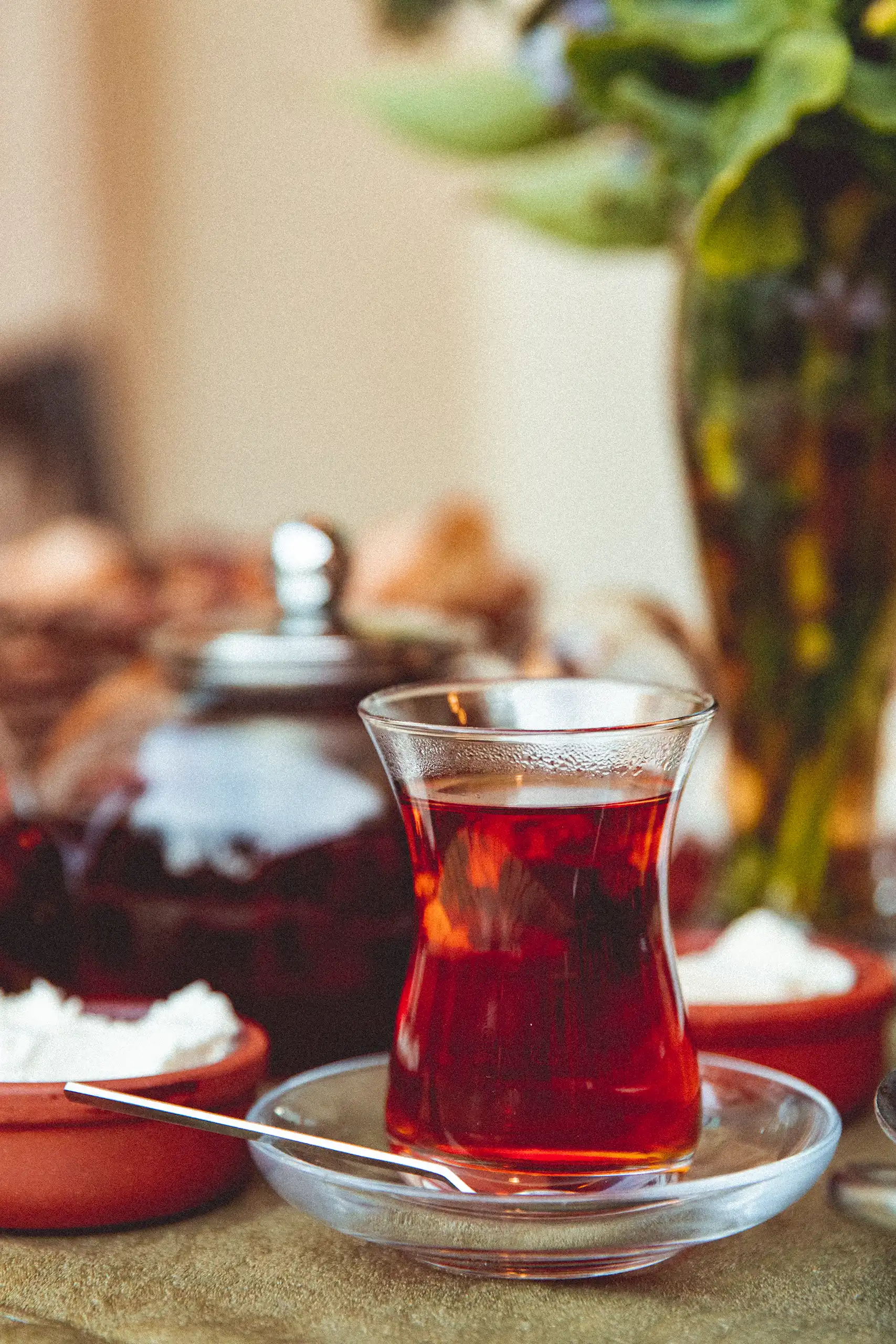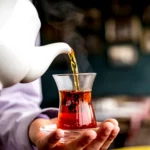Iranian Tea vs. Foreign Tea: 5 Key Differences Every Tea Lover Should Know (2025)

Iranian Tea vs. Foreign Tea: 5 Key Differences Every Tea Lover Should Know (2025)
Tea is more than a drink in Iran—it’s a cultural symbol and part of daily life. While foreign brands like Lipton and Ahmad Tea are widely known, Iranian tea, particularly from Lahijan, has a unique identity, natural taste, and loyal following. In this guide, we break down the five major differences between Iranian and foreign tea to help you choose the right cup for your taste and health.
Quick overview
- Brief history of Iranian tea
- 5 major differences between Iranian and foreign tea
- Advantages of Iranian tea
- Why some choose foreign tea
- How to identify genuine quality tea
- Brewing Iranian tea the authentic way
- Final verdict & where to buy
A brief history of Iranian tea
Tea cultivation in Iran started in the early 20th century when Mohammad Mirza Kashf‑al‑Saltaneh brought seeds from India and cultivated them in Lahijan. Today, Iran’s northern provinces—Gilan and Mazandaran—remain the heart of Iranian tea production. Lahijan, often called the “capital of Iranian tea,” is famous for its fertile soils and humid Caspian climate, which yield teas rich in aroma and flavor.
5 key differences between Iranian tea and foreign tea
1) Processing methods
- Iranian tea: fully natural, no added colors or essences. Processed traditionally with careful withering, rolling, oxidation, and drying.
- Foreign tea: many brands use industrial processing and sometimes add synthetic essence or coloring for consistency and stronger aroma.
2) Color & brew
- Iranian tea: when brewed, liquor is clear golden to amber brown, never too dark. It gradually releases aroma and color.
- Foreign tea: often turns dark red or almost black quickly, which can be the result of artificial additives.
3) Aroma & taste
- Iranian tea: naturally fragrant, mild yet complex, with a pleasant long aftertaste. Balanced flavor without harsh bitterness.
- Foreign tea: aroma is often strong and perfumey; taste can be sharp, sometimes masking the lack of natural depth.
4) Health profile
- Iranian tea: free of chemical additives; many studies suggest Iranian black tea supports digestion, heart health, and stress reduction.
- Foreign tea: some varieties may contain added flavoring, which reduces their natural health profile.
5) Price & value
- Iranian tea: offers better value, supporting local farmers and guaranteeing freshness.
- Foreign tea: often imported at higher prices, especially global brands.
Advantages of Iranian tea
- Pure and additive‑free
- Naturally balanced aroma and taste
- Affordable and supports local agriculture
- Long cultural tradition in Iran
Why do some people still choose foreign tea?
Despite Iranian tea’s strengths, foreign teas attract buyers because of:
- Strong and immediate aroma (due to added essences)
- Wider global marketing and international recognition
- Convenience and brand familiarity
How to identify genuine quality tea
- Look at the dry leaves: uniform, no stems or yellow fragments.
- Brew test: liquor should be clear golden–amber, not overly dark or muddy.
- Smell test: fragrance should feel natural, not perfumey.
- Taste test: balanced flavor with a pleasant aftertaste.
Brewing Iranian tea the authentic way
To enjoy the real taste of Lahijan tea:
- Use fresh, cold water.
- Add 1 teaspoon of loose leaves per cup.
- Place tea leaves in a teapot (preferably porcelain or glass).
- Pour boiling water and let it steep gently for 10–15 minutes over indirect heat (samovar or kettle).
- Serve with rock sugar or dates—the Iranian way.
Tip: Iranian tea needs longer brewing than foreign tea, but rewards you with a smooth, natural flavor.
Final verdict: Iranian tea vs foreign tea
When comparing Iranian tea vs foreign tea, the clear winner for natural aroma, balanced taste, and health benefits is Iranian tea—especially Lahijan black tea from Refah Tea. If you value authenticity and want to support local growers while enjoying a healthier, more traditional cup, Refah Tea Lahijan is the best choice.
Ready to taste the difference? Visit the Refah Tea Lahijan online store to buy fresh, premium Iranian teas at fair prices.
Helpful FAQs
Is Iranian tea stronger than foreign tea?
Iranian tea is naturally aromatic and smooth, not harsh. Strength depends on brewing time and leaf quantity.
Does Iranian tea contain essence or additives?
No. Authentic Iranian tea is 100% natural, with no added colors or flavors.
Why does Iranian tea take longer to brew?
Because it’s natural and additive‑free, color and aroma develop gradually—resulting in a balanced flavor.
What’s the best city for Iranian tea?
Lahijan in Gilan province is Iran’s tea capital.
How can I store Iranian tea?
Keep it in an airtight, light‑proof container, away from moisture and strong odors.


